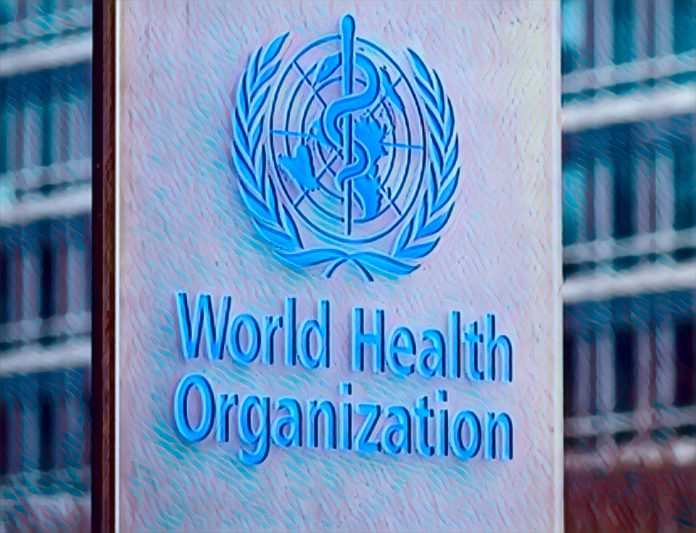KEY POINTS
-
15 African countries vaccinated nearly 200 million children in 2025.
-
Active type 2 poliovirus outbreaks dropped by 42 percent year-on-year.
-
98 percent of African countries now conduct environmental surveillance.
As the world commemorates World Polio Day 2025, the World Health Organisation (WHO) has applauded Africa’s remarkable progress toward eradicating the paralyzing disease, citing technology-driven innovations, stronger health systems, and regional cooperation as key enablers.
WHO Regional Director for Africa, Dr. Mohamed Janabi, said this year’s theme, “End Polio: Every Child, Every Vaccine, Everywhere,” reflects a renewed commitment to ensuring no child is left unprotected regardless of geography or circumstance.
Nearly 200 million children vaccinated across Africa
Between January and October 2025, 15 African countries reached nearly 200 million children with at least one dose of the polio vaccine through supplementary immunization rounds.
In addition, 13 countries mounted synchronized campaigns despite operational and security challenges.
One of the standout examples came from the Horn of Africa, where Djibouti, Ethiopia, Kenya, and Somalia jointly vaccinated more than 18 million children in two consecutive rounds.
Similarly, in the Lake Chad Basin and Sahel region, Ministers of Health launched a coordinated cross-border campaign protecting 83 million children.
Sharp decline in outbreaks and virus detections
According to WHO data, the number of African countries with active type 2 poliovirus outbreaks dropped from 24 in 2024 to 14 in 2025, while total virus detections fell by 54 percent.
In May 2025, Madagascar declared the end of its circulating variant poliovirus type 1 outbreak after sustained immunization and surveillance efforts.
Laboratory upgrades and digital innovation have strengthened Africa’s gains. By mid-2025, 11 WHO-supported laboratories had expanded genomic sequencing capacity, while six began piloting advanced techniques. Uganda’s Sanger sequencing facility also earned WHO accreditation, boosting regional detection capabilities.
Environmental surveillance tracking poliovirus through wastewater and sewage now covers 98 percent of countries in the WHO African Region, allowing early detection and rapid containment.
Over 850,000 vaccinators now receive digital payments via mobile-money platforms, with 95 percent paid within 10 days of campaign completion, a system that has improved efficiency, accountability, and motivation among frontline workers.
In addition, the WHO AFRO GIS Centre’s geospatial mapping tools have helped locate previously missed populations, including nomadic and border communities.
Remaining challenges and the road ahead
Despite significant progress, Janabi warned that routine immunization gaps, insecurity, campaign disruptions, and vaccine hesitancy still threaten eradication efforts.
“To truly end polio, countries must sustain coordination, reach zero-dose children, expand surveillance and sequencing capacity, and ensure rapid outbreak response,” he urged. He added that eradicating polio is about more than ending transmission, it means building resilient health systems and sustaining public trust.
“The last mile is always the hardest, but it is also the most important,” Janabi said. “On this World Polio Day, let us renew our determination to reach every child, with every vaccine, everywhere, and consign polio to history forever.”



